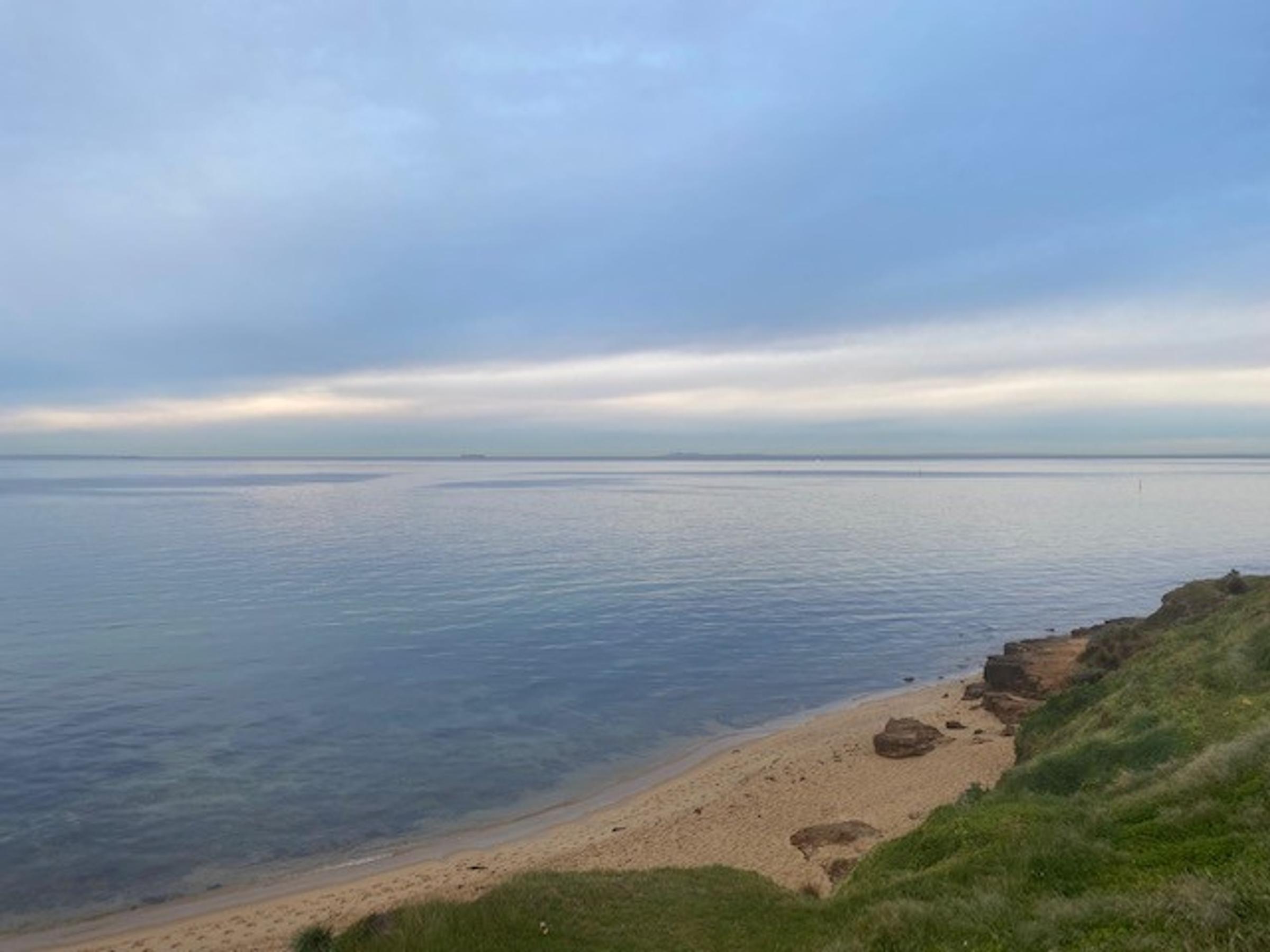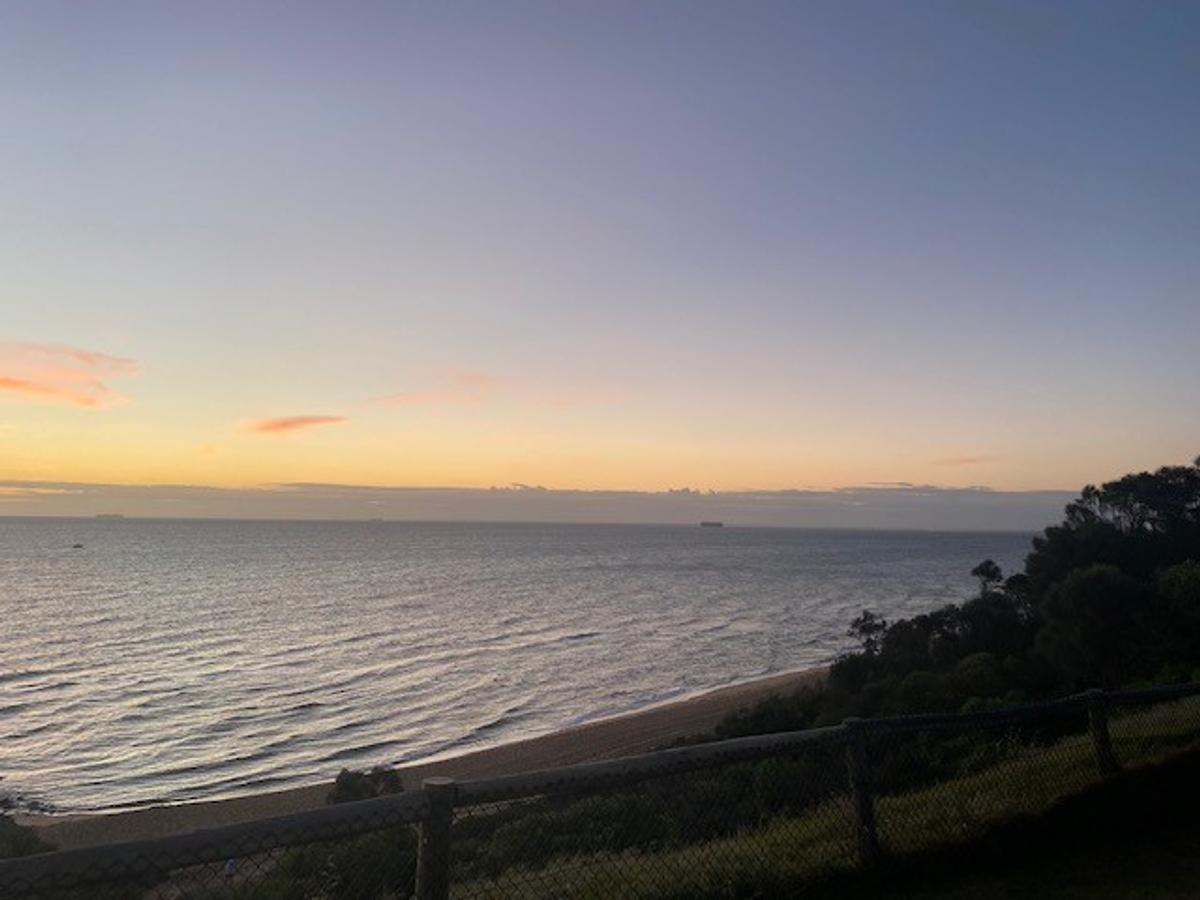
First Aid
Bayside - Early Morning
Children, young people and COVID-19
Children and young people are far more likely to catch or spread the COVID-19 Delta variant than previous variants of COVID.
Children and young people (0-19 years) make up 22% of COVID-19 cases (coronavirus.vic.gov.au/victorian-coronavirus-covid-19-data) in Victoria in 2021.
Children with COVID-19 are likely to experience mild symptoms or no symptoms, and are highly unlikely to become severely unwell or need to go to hospital.
While statistics show that COVID-19 is still not a serious illness in children, they can transmit the virus to others, putting older family members at possible risk.
Children under 12 can’t be vaccinated against COVID-19 yet. That’s why it’s very important for parents, older siblings and educators to get vaccinated to help keep children safe.
Young people older than 12 are very social and highly mobile, and supporting them to get vaccinated helps slow the spread of COVID-19.
As a parent, guardian or carer, you can do your bit to keep children healthy: stay home if you have symptoms, however mild, get tested as quickly as possible, isolate, wear a mask and get vaccinated.
Symptoms and treatment
Children and young people with COVID-19 are likely to experience mild symptoms or none at all, but they can still transmit the virus to others.Fever and cough are the most common symptoms of COVID in children and young people.If your child has a fever or cough, no matter how mild, you should seek advice and get them tested.
For advice, call the 24-hour Coronavirus Hotline 1800 675 398 or contact your doctor.
Getting a COVID-19 test
Testing is free for everyone in Victoria.
You can take your child to get tested at any COVID-19 testing site (coronavirus.vic.gov.au/where-get-tested-covid-19).
After your child has been tested, go straight home and wait for the results. Do not go to work or go out shopping with your child after their test.
You will be contacted by phone or SMS to tell you the results of your child’s COVID-19 test, regardless of whether it is positive or negative.
If you are worried you will lose pay while you wait for results, you may be eligible for a $450 Coronavirus (COVID-19) Test Isolation Payment.
For more information about testing results and isolation requirements, visit Getting your results
Getting vaccinated for COVID-19
Free and safe COVID-19 vaccines are available for everyone aged 12 and over. Young people who turn 12 during the COVID-19 vaccine rollout can get vaccinated.
You can book an appointment with your doctor, at some pharmacies, or online at
book your vaccine appointment (coronavirus.vic.gov.au/book-your-vaccine-appointment)
Learn about COVID-19 vaccines for children and teenagers (coronavirus.vic.gov.au/vaccination-information-children-and-teenagers)
The more people who get vaccinated, the greater the protection for the whole Victorian community.
Wearing face masks
When teachers, staff, and students consistently and correctly wear masks, they help protect themselves and others from COVID.
Children aged 12 years and over who are attending secondary school must wear a face mask indoors and outdoors, unless they are eating, drinking, or exercising or a lawful exception applies.
Children in grades 3-6 are required to wear a mask indoors when at school, where practicable.
Children with a disability aren’t required to wear a mask if it is not suitable for them.
Children under the age of two should never wear a face mask, as they are at risk of suffocation or strangulation.
Find a mask that is made for children to ensure it fits properly. Masks for children are sold by a range of retailers and businesses.
Check that your child’s mask fits snugly over their nose and mouth and under their chin, and make sure there aren’t gaps at the sides of the mask.
For ideas on how to discuss mask wearing and concerns or questions children have about masks, visit Face masks and COVID-19: supporting children 0-12 years (raisingchildren.net.au/guides/coronavirus-covid-19-guide/face-masks-coronavirus-children)
Talking to your child about COVID-19
Parents and carers should take the opportunity to talk to children about COVID-19.
To access resources to have a safe and reassuring conversation with your child, visit talking to your child about COVID-19 (coronavirus.vic.gov.au/talking-your-child-about-coronavirus-covid-19)
School and COVID-19
The Department of Education and Training has information about changes to education settings at all level during COVID-19 in Victoria, visit: Education - information for parents, students and educators
Mental health resources
Navigating changing routines and interactions with family, friends and school can cause children and young people anxiety and stress. For information and support, visit Mental health resources for children and young people and Supporting your child’s mental health
For more information about children, young people and COVID-19 visit Murdoch Children’s Research Institute Frequently Asked COVID-19 Questions
Managing Illnesses in School - Parent Fact Sheet
One of the most important things we can do to slow the spread of coronavirus (COVID-19) in our community is to stay at home when we are unwell, even when we have the mildest of symptoms.
What you need to know
1. If a child is unwell, even with the mildest of symptoms, they must stay at home
If a child becomes unwell during the day, they must be collected from school as soon as possible.
2. If a child has any of the symptoms of coronavirus (COVID-19) outlined below, however mild, they should get tested and they must remain at home until they receive their results:
• fever
• chills or sweats
• cough
• sore throat
• shortness of breath
• runny nose
• loss of sense of smell or taste.
In certain circumstances headache, muscle soreness, stuffy nose, nausea, vomiting and diarrhoea may also be considered symptoms.
For further advice:
• call the 24-hour coronavirus (COVID-19) hotline 1800 675 398
• call a general practitioner
• use the Department of Health and Human Services (DHHS) online self-assessment tool.
3. A child must stay at home until they are symptom free, even if their coronavirus (COVID-19) test is negative
If a person has tested positive for coronavirus (COVID-19) or been identified as a close contact they must isolate/quarantine until they receive clearance from DHHS.
Children with persistent symptoms due to underlying conditions such as hay fever or asthma
whose symptoms are clearly typical of their condition can continue to attend school. They should be tested for COVID-19 if they develop symptoms that are different to or worse than their usual symptoms. They should consider getting a medical certificate from their GP to attend school if they have persistent symptoms that may overlap with symptoms of COVID-19 such as cough or runny nose.
Younger children (pre-school up to Grade 2) may have prolonged post viral symptoms such as a runny nose or cough and may return to school following a negative COVID-19 test even if they are not completely free of symptoms. They will need a medical certificate from their GP to confirm they are otherwise well or have recovered from their acute illness.
For information on the minimum periods students and children need to stay at home for other conditions, refer to the DHHS school exclusion table.
4. Children do NOT need a medical certificate before returning to school
Once symptoms have cleared, there is no requirement from the Department of Education and Training or DHHS for children/students to have a medical certificate before they return to school.
Thank you for your support in following these steps, together we can all stay safe.


